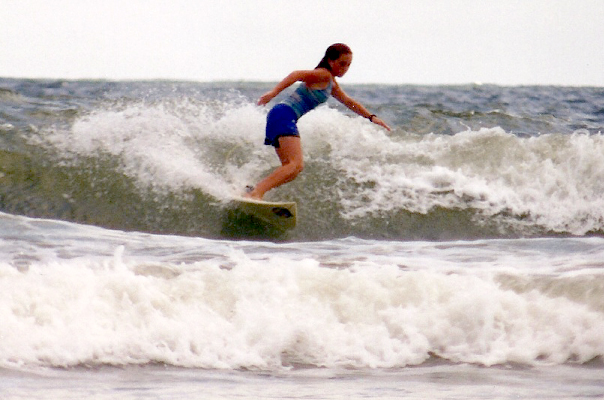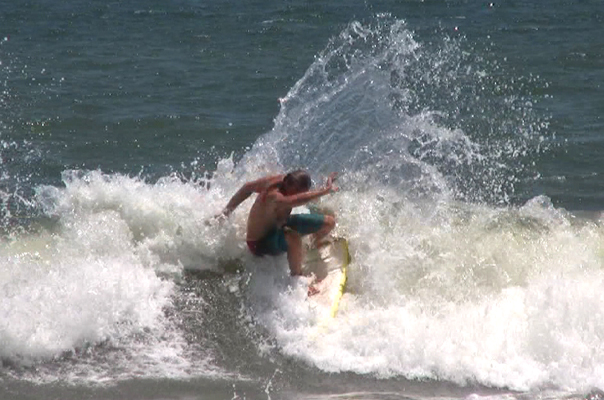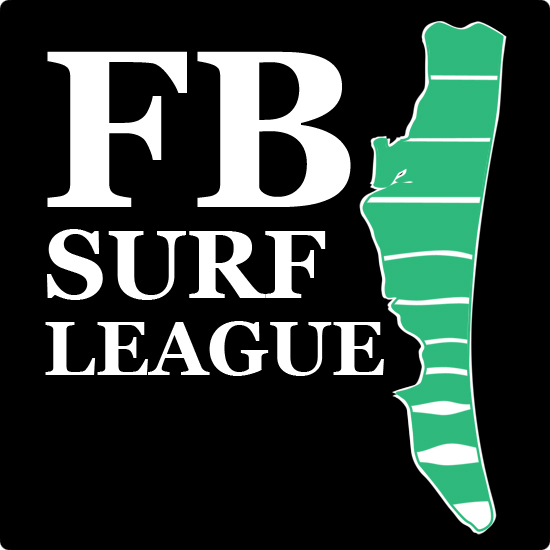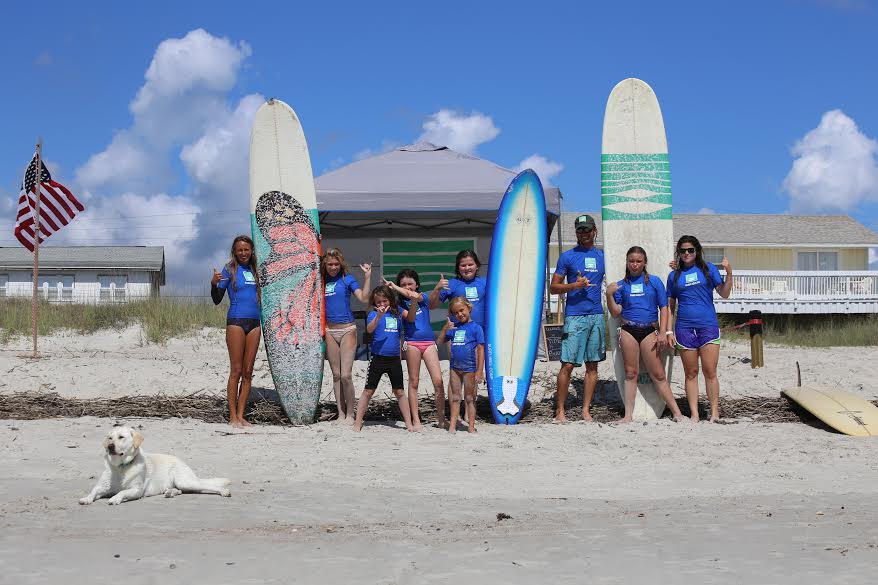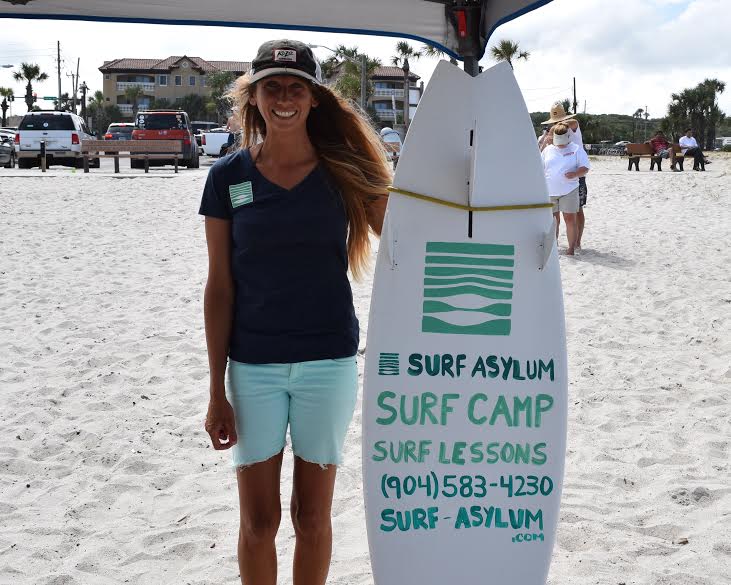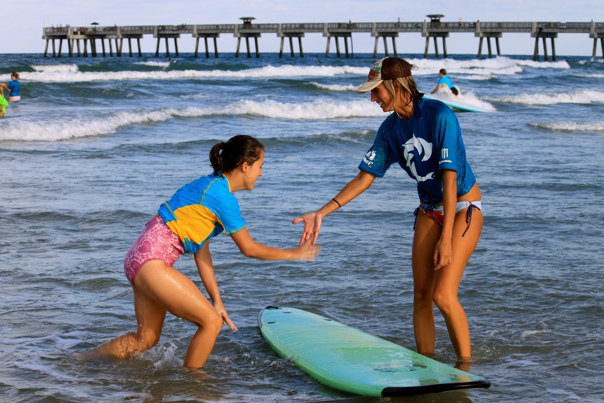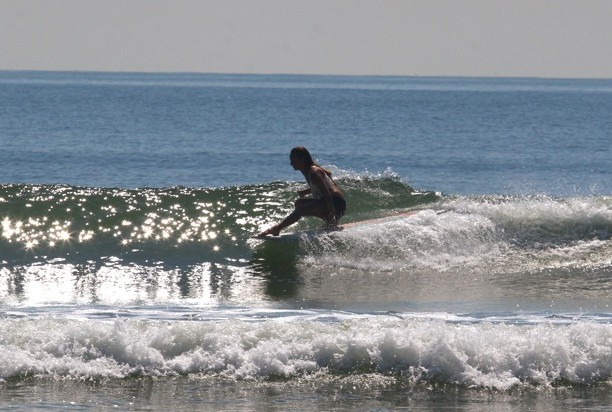
Once you’ve decided on and purchased a wetsuit you’re going to want to take good care of it so it keeps you warm for as long as possible. There are bargain prices for children’s wetsuits but if you’re a young adult or older you should expect to pay around $200+ for a decent suit. Throughout my two decades of surf wetsuit ownership I’ve learned a lot about what not to do and I can share some of that here:
1) I put my first wetsuit on like a pair of jeans pulling it from the waist or thighs until my feet popped through the leg. The problem with this was that I carved out a trench below the calf area of my wetsuit that eventually wore through into a gaping hole. I learned to push my feet through the legs as far as I could without forcing and then stretch the material over my heel so it wouldn’t dig into the material every time I put it on. (A wet wetsuit can be a lot harder to get into than a dry one).

2) If you change out of your wetsuit or rinse it in the shower don’t use piping hot water. Luke warm is usually okay. Glue and seam tape are just as important as stitching when it comes to how warm your suit is and generally glued and taped seams weren’t designed to hold up to hot water which can melt, crack, or break them down.
3) Unless you have a really broad shouldered hanger like one for a tailored suit or one that came with your wetsuit you shouldn’t hang your wetsuit by the shoulders. I’ve actually even noticed this with rashguards but most standard plastic or metal hangers will cut through the wetsuit material over time just like my heel did. Patagonia recommends doubling your suit over and hanging it at the waist and we’ve adopted this practice for all of Surf Asylum’s wetsuits.

There are a few other things like no direct sunlight or dryers (these cause cracking), don’t leave front zip wetsuits (or any wetsuit for that matter) balled up somewhere, and try to fasten any velcro back up to its proper place when stowing your suit so the hard side of the velcro doesn’t start softening and working away at the neoprene near it.
Creating tight, proper fitting wetsuits that can hold up to being peeled off and on your body on a daily basis is a significant design challenge for the manufacturers and it’s true that in climates where you wear your wetsuit year round you’ll be lucky to get two good years out of it. However, here in Fernandina Beach, FL where you usually only need a wetsuit for less than half of the year, if you surf regularly but take really good care of your wetsuit you might be able to get four years out of it. You might be hoping for a mild winter during that fourth year though.

